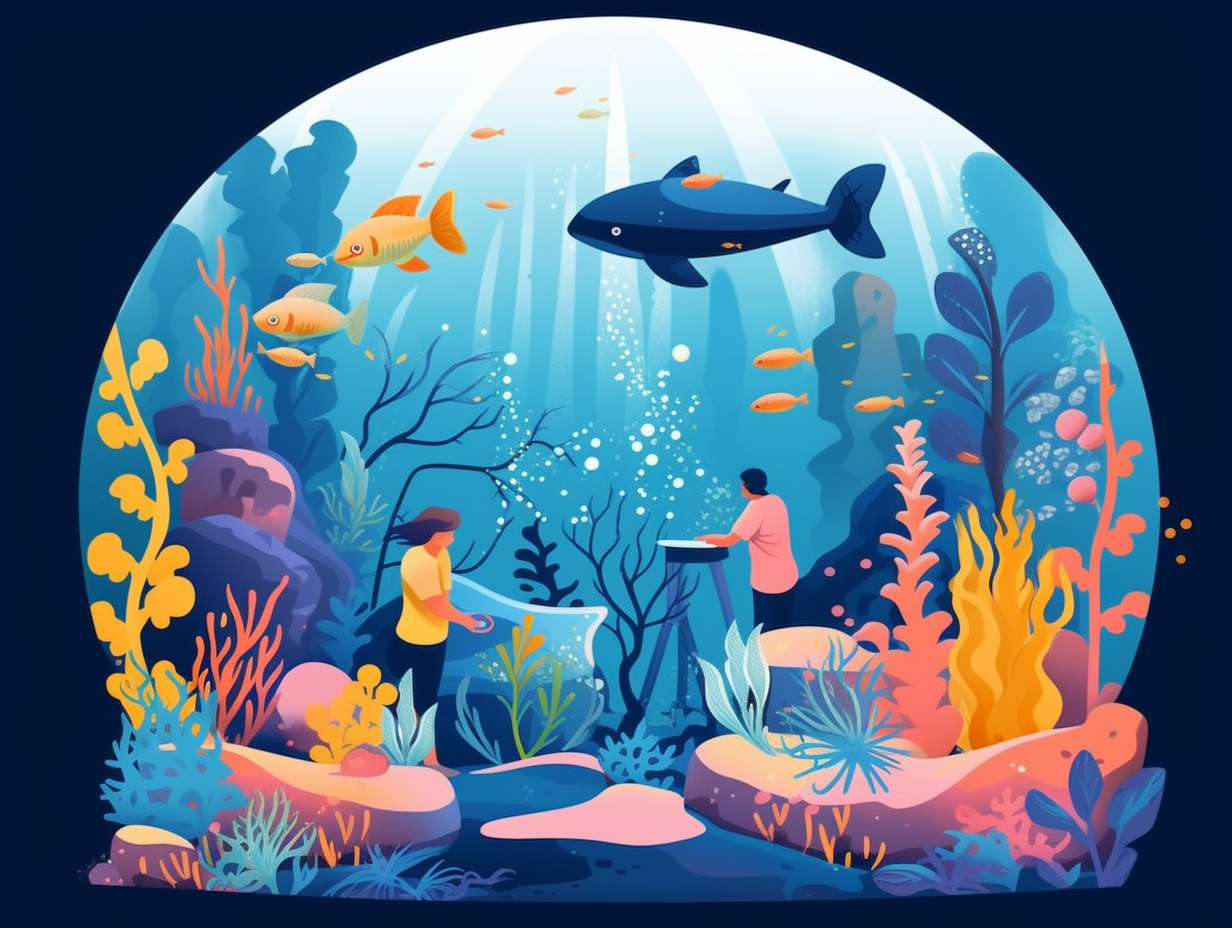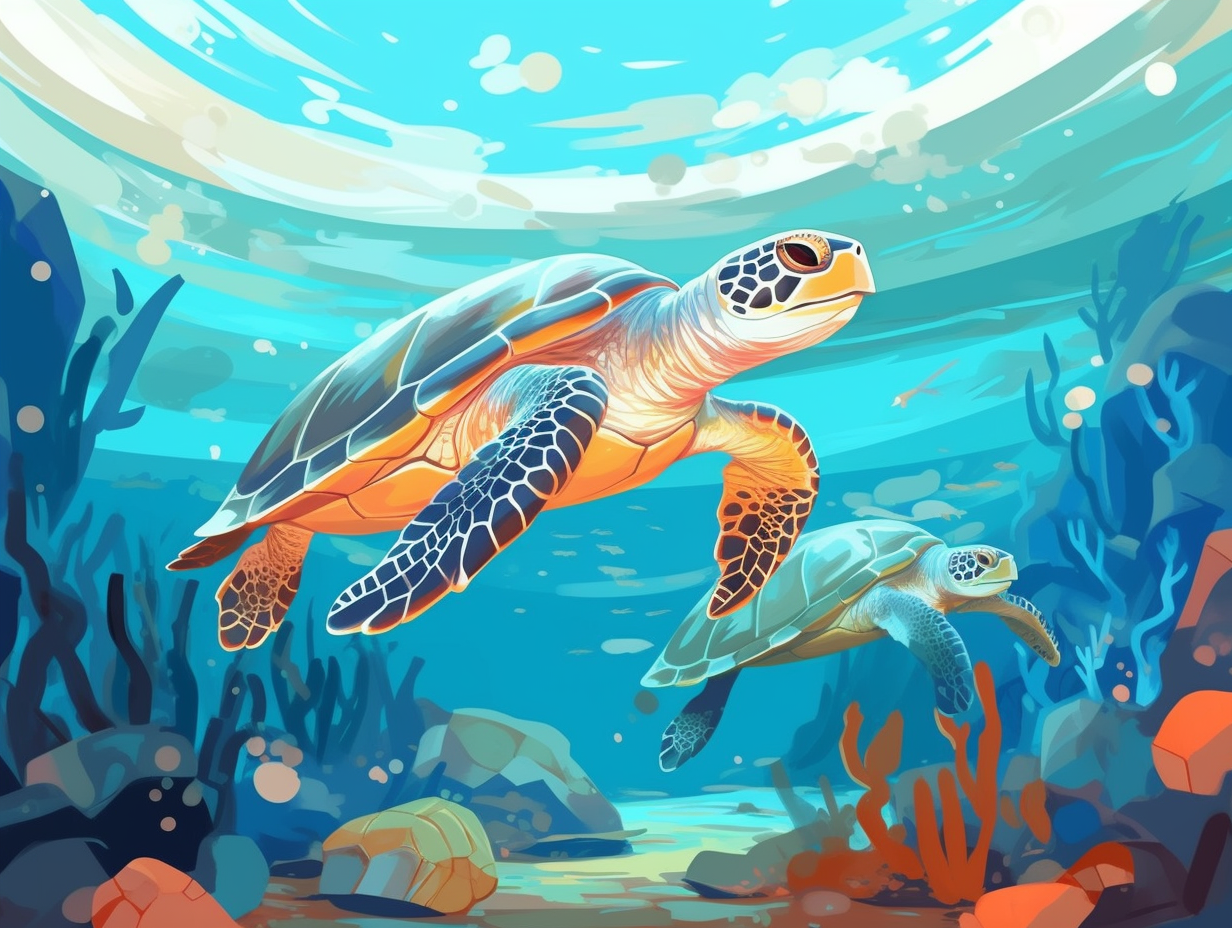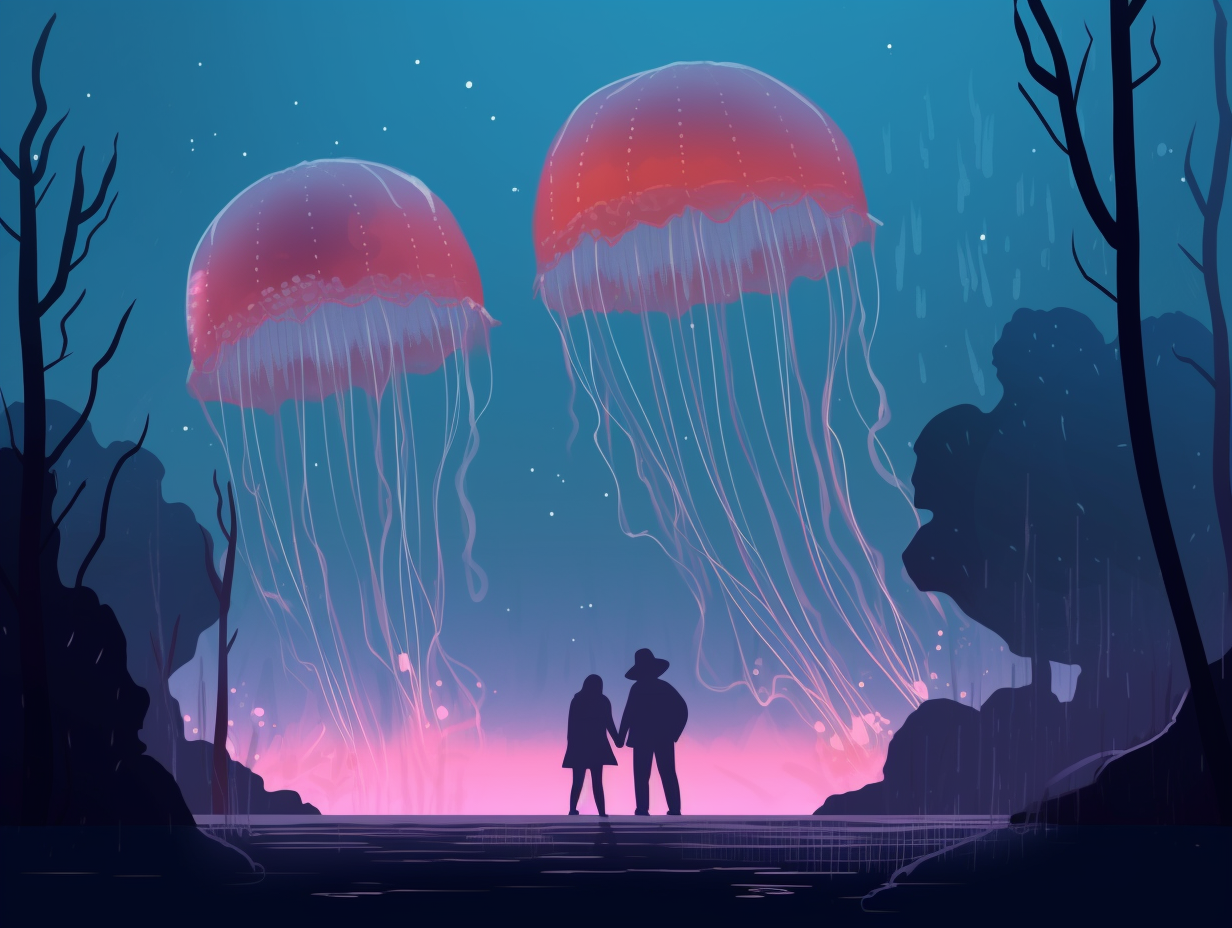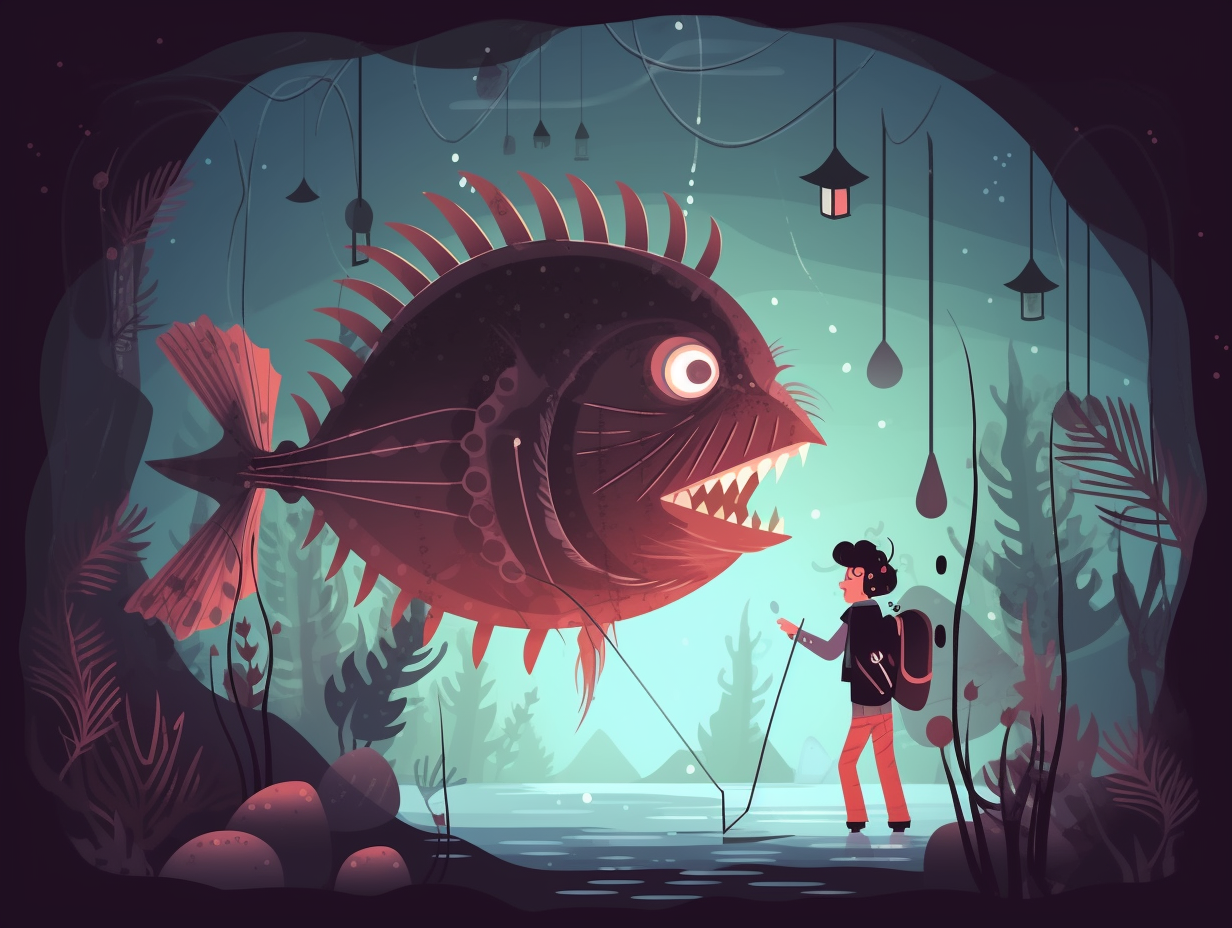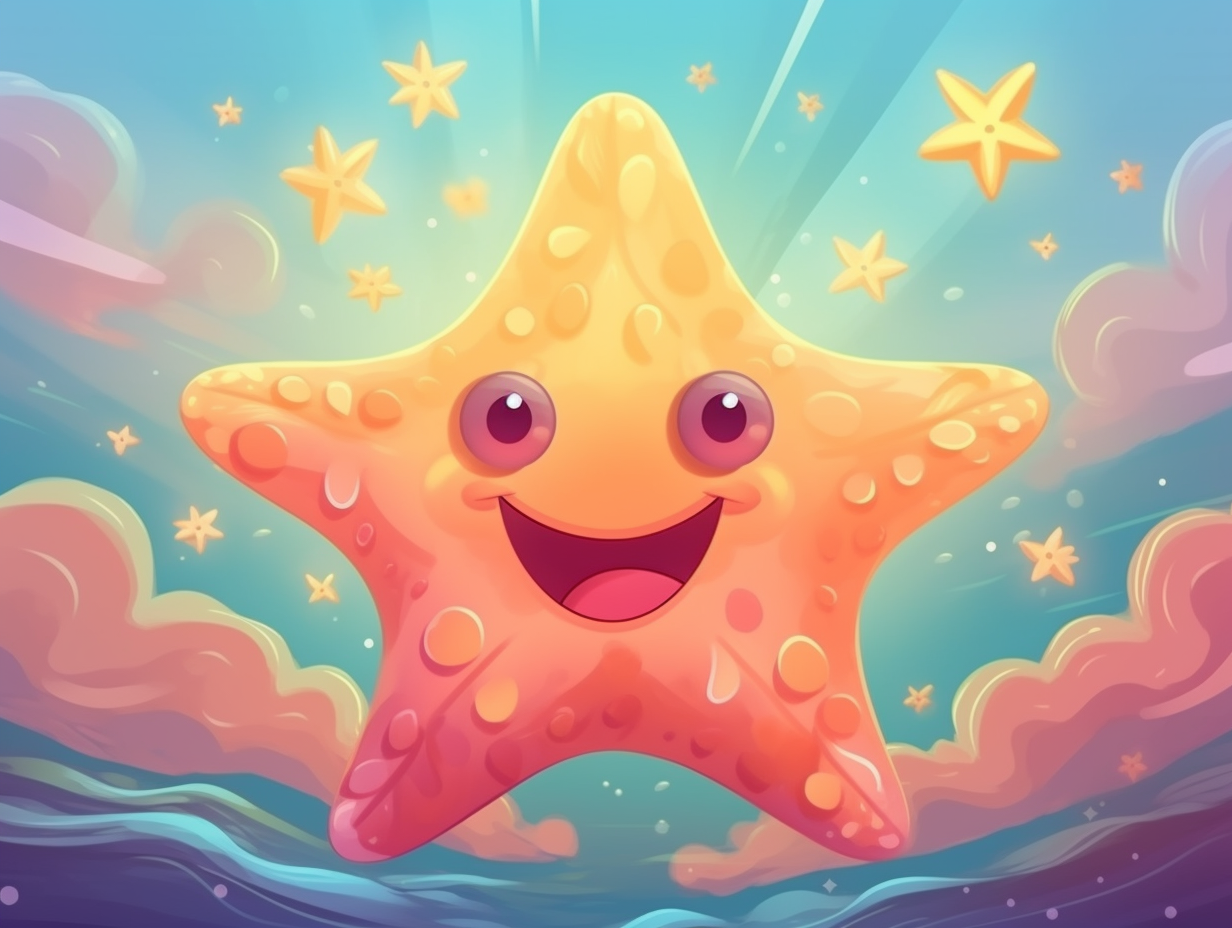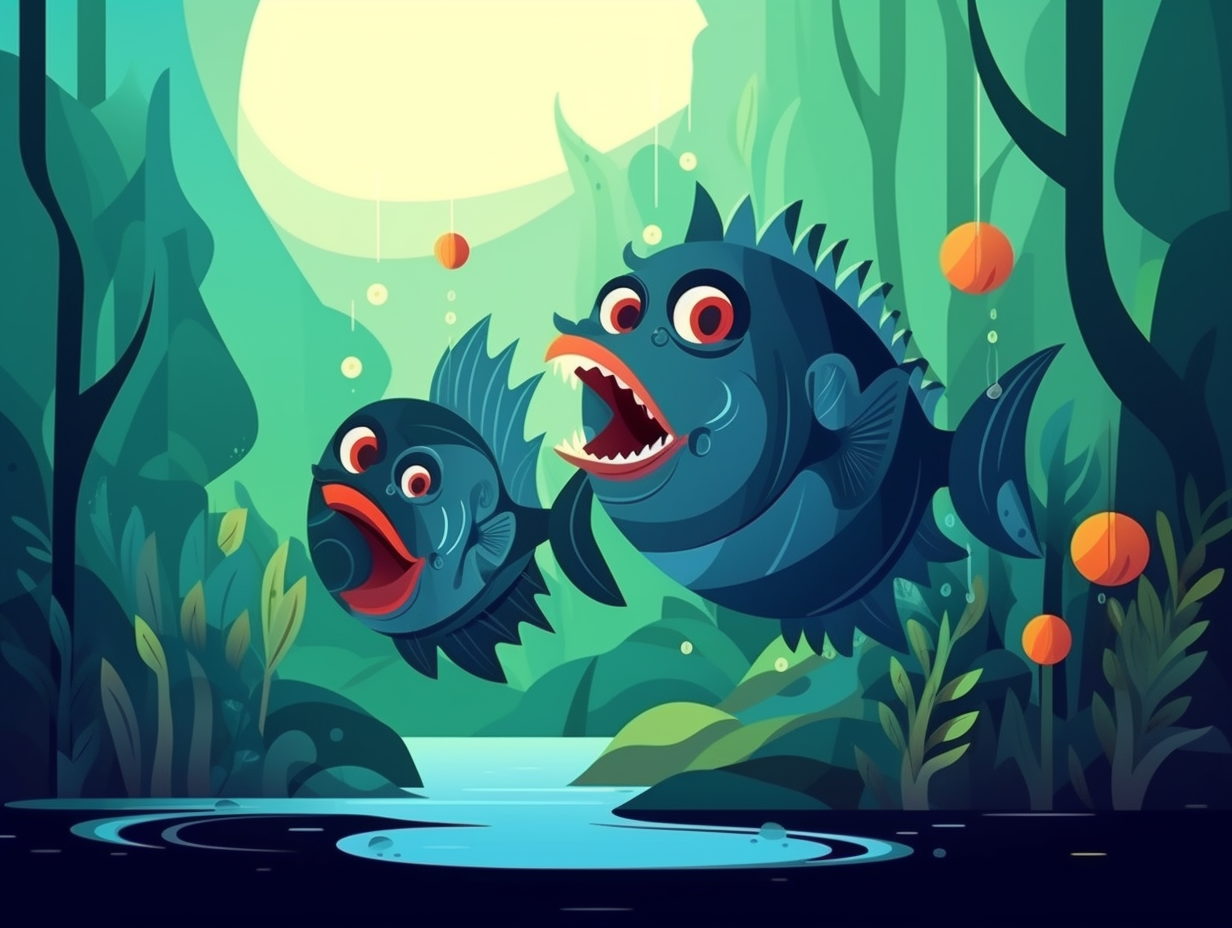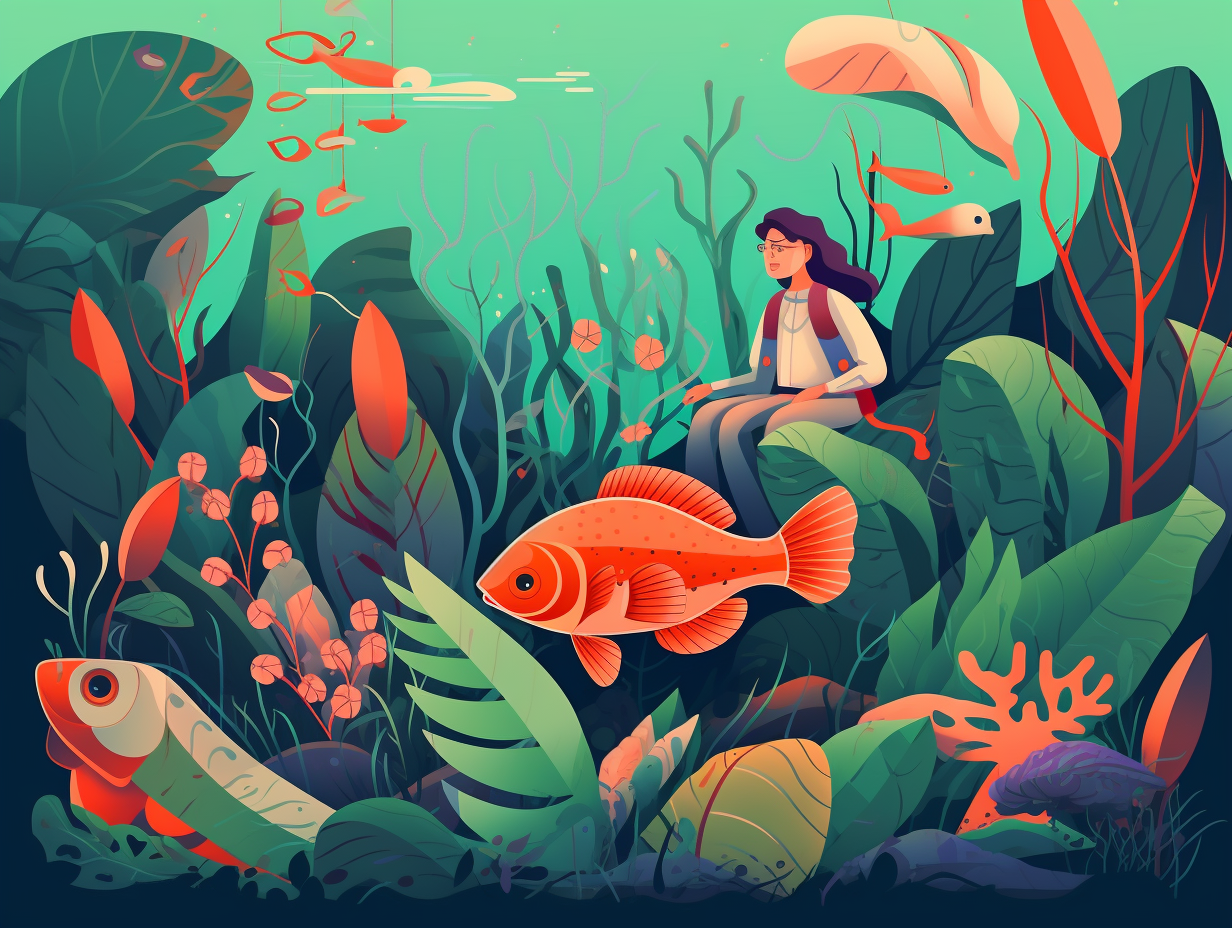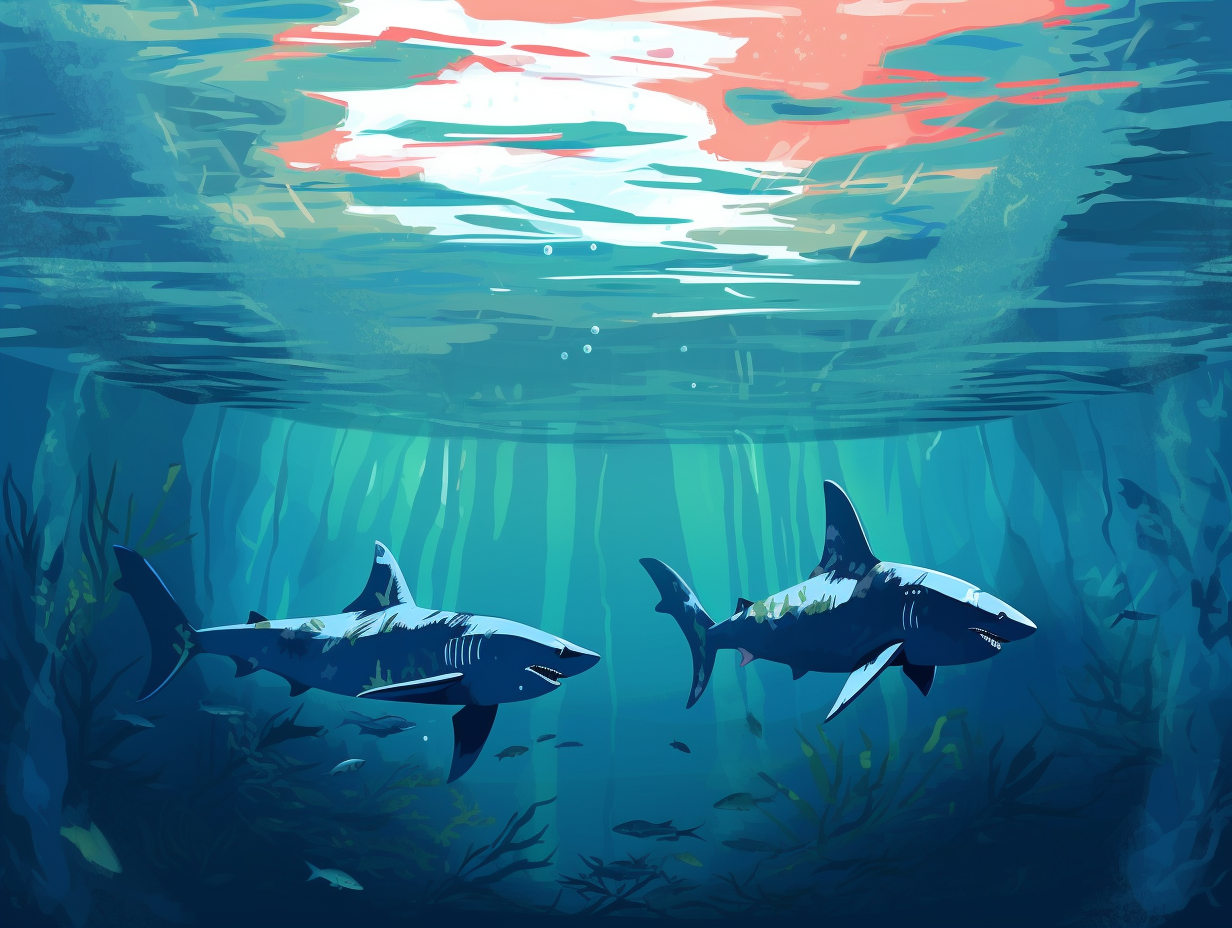Discover the Underwater World: Top 11 Fun Facts About Sea Slugs You Never Knew!
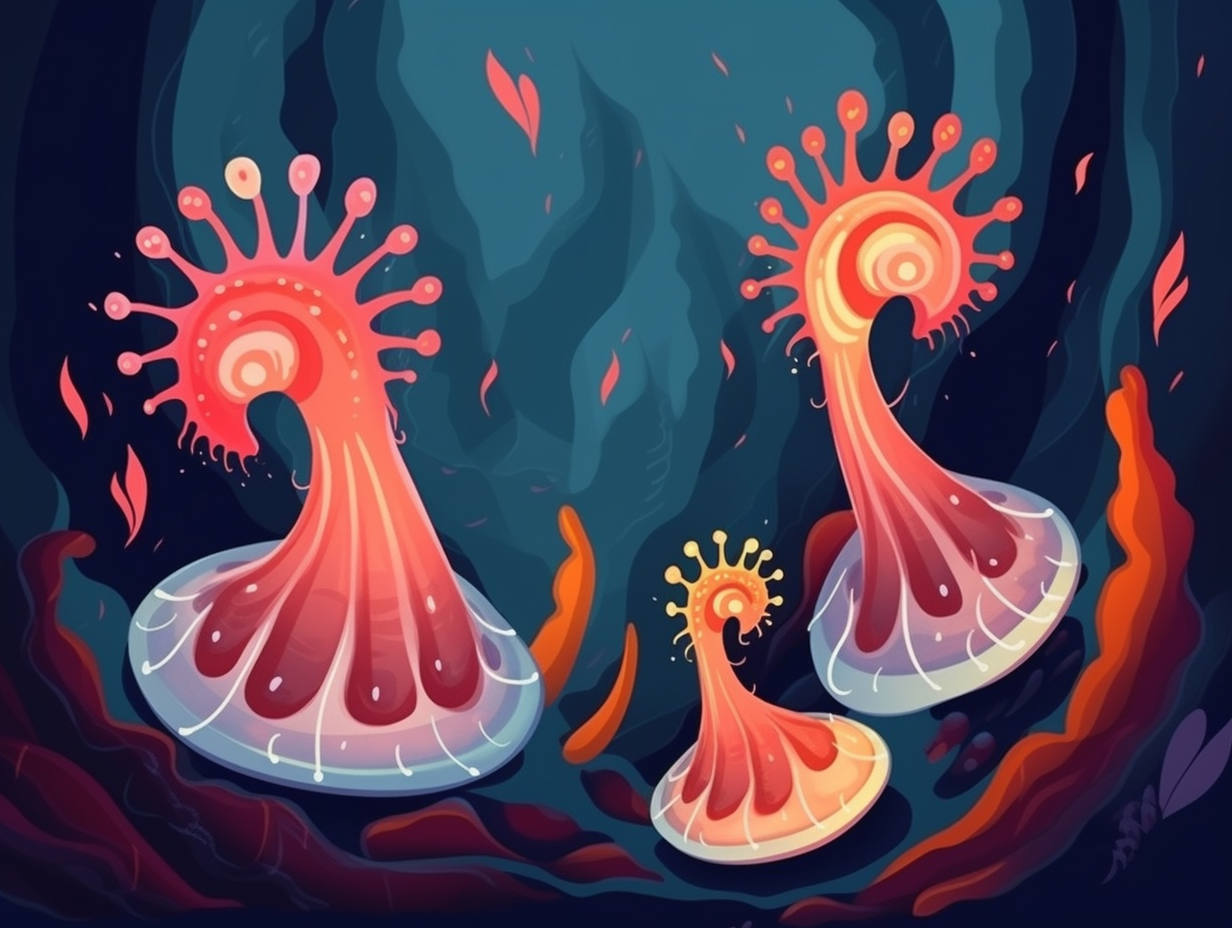
1. Rainbow Sea Slug Fashionistas
From 50 shades of gray to the entire rainbow: sea slugs are actually some of the most flamboyantly-colorful creatures in the oceanic depths. Boasting over 16 species like the fuchsia Lettuce Sea Slug or the electric blue Blue Velvet Headshield Slug, the vibrant and dynamic color palettes of these underwater fashionistas put their land-dwelling namesakes to shame!
Source => color-meanings.com
2. Solar-Powered Sea Slugs
Move over, solar panels, there's a squishier, slimier source of solar power on the scene: Sea slugs can perform photosynthesis by "borrowing" chloroplasts from the algae they consume, turning sunlight into chemical energy and allowing them to go without food for extended periods of time.
Source => theatlantic.com

Did you know that sharks never run out of teeth? They grow an astonishing 25,000 to 35,000 new pearly whites throughout their lives, always ready for the perfect bite! 🦈😁
=> Fun Facts about Sea-Animals-For-Kids
3. Nudibranchs: Hermaphroditic Trendsetters
If you thought your wardrobe was diverse, wait until you meet the sea slug, a fashionable underwater creature that can put your collection to shame with its vast variety of shapes, sizes, and colors: Also known as nudibranchs, these marine mollusks range from a few millimeters to 20cm in length, can be found across the UK, feast on an eclectic marine menu, and pull off the party trick of being hermaphroditic, possessing both male and female reproductive organs!
Source => wildlifetrusts.org
4. The Photosynthetic Elysia Timida
Move over, The Incredible Hulk: there's a tiny, slimy creature that has mastered the art of turning green and harnessing the power of the sun! Introducing the Elysia timida sea slug: this little marvel can keep chloroplasts from its algal meals alive in its own cells for weeks, transforming it into a part-time photosynthetic slug, although it's still up for debate if they get any nutritional perks from this leafy larceny.
Source => elifesciences.org
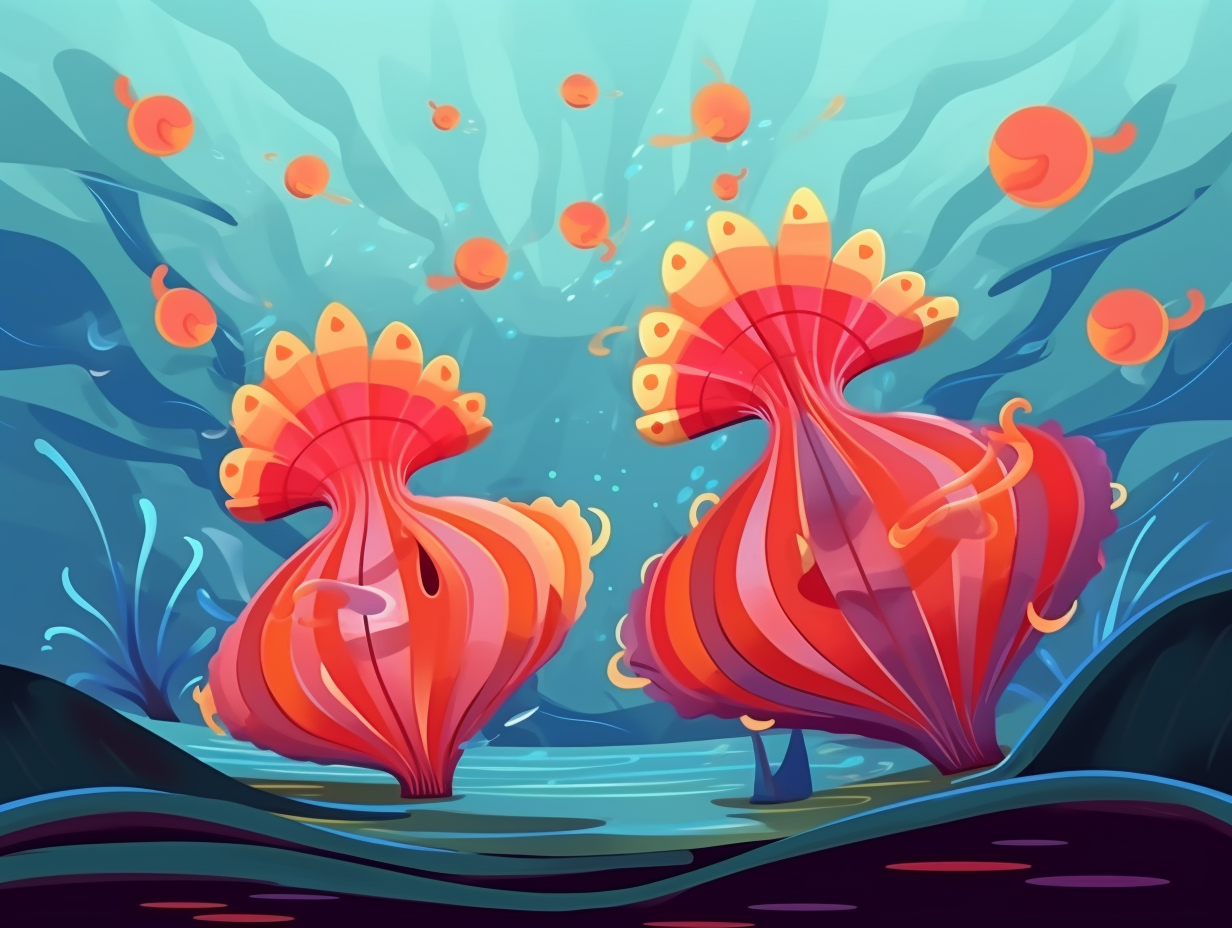
5. Disposable and Regrowable Slug Penises
Talk about a detachable shower head: the nudibranch sea slug Chromodoris reticulata has a disposable penis that can be regenerated after each copulation. This clever adaptation allows these slugs to have sex more frequently and scrape out rival sperm during intense sexual competition.
Source => livescience.com
6. Toxic Avenger of the Deep
Meet the original Toxic Avenger, DC and Marvel's lesser-known, water-dwelling cousin: Elysia rufescens, a sea slug that feasts on toxic algae and stores the toxins in its body to fend off predators in a true aquatic power move.
Source => theconversation.com
7. Fashionable Defense Mechanisms
Sea slugs are the outlandish rockstars of the ocean world, donning the most vibrant hairdos and daring to experiment with toxic substances as part of their identity crisis: These flamboyant creatures turn their flashy colors into a brilliant defense mechanism by ingesting toxic chemicals from their food, like sponges or tunicates, becoming unappetizing or even toxic to predators, recycling stinging cells from prey, or mimicking the appearance of their surroundings to blend in.
Source => twofishdivers.com
8. Sea Slug Somersaults
You might say sea slugs are the aquatic world's tumbling comics: Nevertheless, some species like Sea Hares and Notarchus indicus, showcase their swimming skills using large parapodia, and even employ "jet propulsion" to perform backward somersaults as a one-of-a-kind escape maneuver.
Source => seaslugforum.net
9. Inspector Gadget Sea Slugs
Who knew sea slugs were the underwater equivalent of Inspector Gadget? With an arsenal of antennae and tentacles, they're suited up to conquer their salty habitat: Sea slugs possess rhinophores, which function like antennae and are equipped with special receptors that detect chemical cues in the water, and oral and propodial tentacles that act as touch-sensitive feelers. These highly-tuned tools help them navigate their environment, locate food sources, and avoid potential predators. So, throw out the myth that they've got two different sets of tentacles because these tiny ocean operators are all about efficiency and versatility.
Source => nmnh.typepad.com
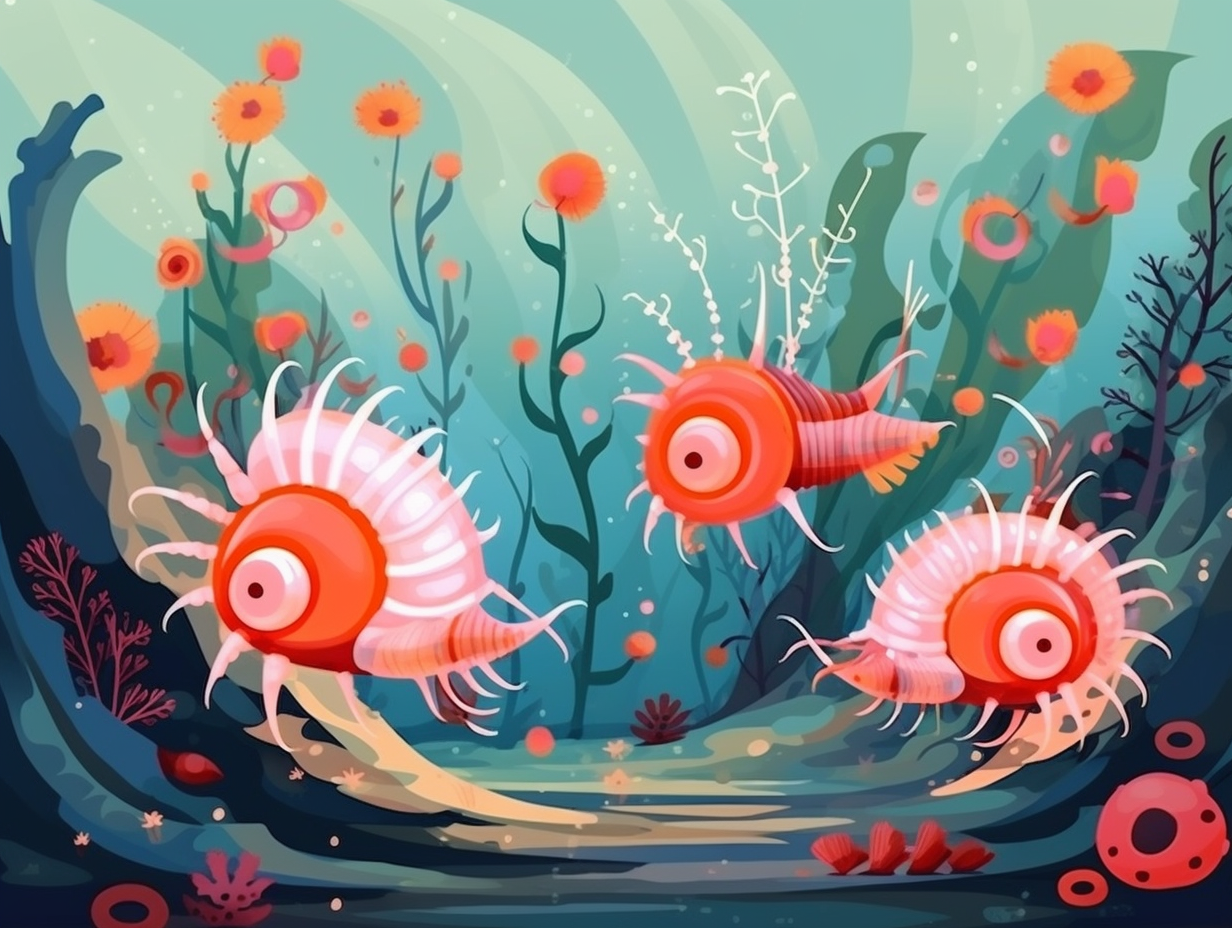
10. Gene-Stealing Ocean Funkyheads
Feeling sluggish? Take a cue from the vibrant, gene-stealing fashionistas of the sea: Sea slugs comprise over 2,000 species in various shapes, sizes, and colors, armed with unique adaptations such as camouflage, toxic secretions, and the fascinating ability to nab genes from other organisms; plus, their flamboyant getup includes feather-like gills and horns, which are actually scent receptors called rhinophores.
Source => a-z-animals.com
11. Fashionably Toxic Underwater Creatures
Whoever said you shouldn't judge a book by its cover clearly never met a sea slug: these flamboyant fashionistas of the deep are absolutely toxic! Sporting some of the most vibrant and diverse color patterns of any animal on Earth, these fancy jackets serve as their life-saving statement pieces, boldly warning potential predators of their nasty tastes and unpalatable toxic chemicals acquired from their sponge and cnidarian meals.
Source => pbs.org
Related Fun Facts

